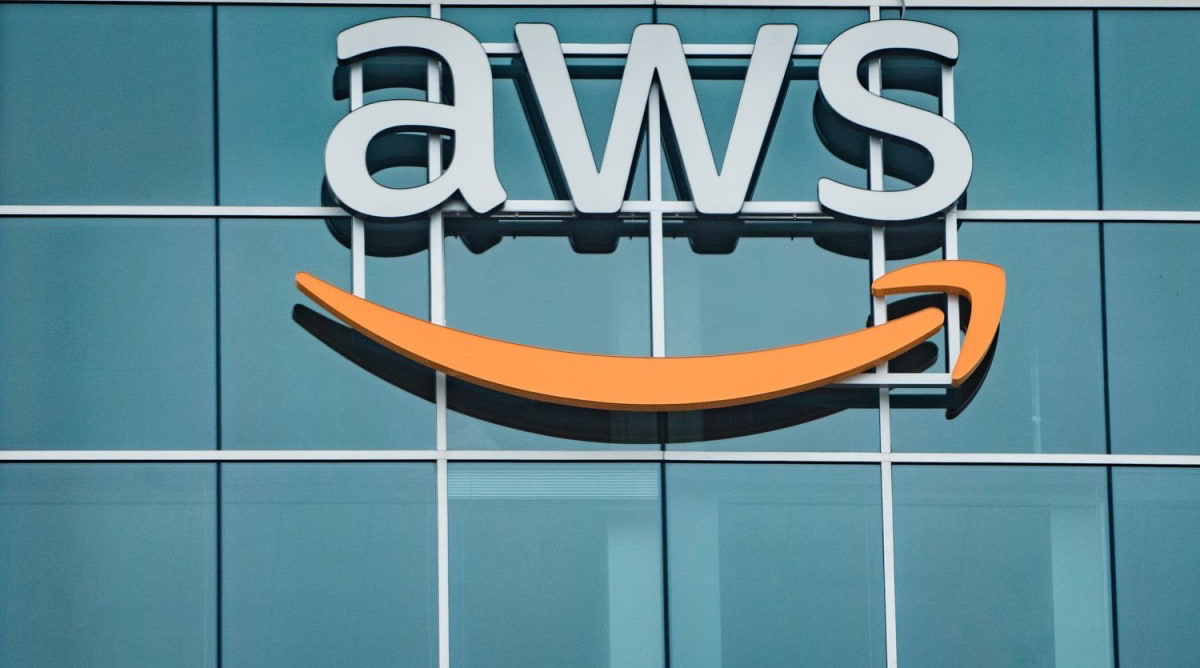The extended strategic partnership between Amazon Web Services and SAP SE is not just a collaboration but a revolution in cloud-based enterprise resource planning (ERP) services. This unique partnership aims to empower companies with generative artificial intelligence (AI), opening up new opportunities and efficiencies that were previously unimaginable.
Under the leadership of Matt German, the incoming CEO at AWS, the partnership between AWS and SAP has become a game-changer for enterprises.
As the first cloud provider certified to support the SAP portfolio, they have witnessed thousands of companies running their SAP solutions on their platform. This collaboration has unlocked new levels of efficiency, innovation, and growth for businesses.
Read also: OpenAI launches safety and security committee
Building on their success, Matt German announced that they are taking this partnership to the next level by integrating generative AI capabilities into SAP solutions on AWS. This integration will empower companies to harness the power of AI and apply it to their core business data, leading to even greater efficiencies, responsiveness, and sustainability.
With this innovation, businesses will be able to automate complex processes, gain deeper insights, and drive innovation in previously impossible ways. Matt Company is pleased to see the impact this will have on industries and companies worldwide and is committed to continuing its collaboration with SAP to drive even more innovation in the future.
AWS and SAP: Boosting Innovation through AI Integration
Christian Klein, CEO of SAP SE, stated that partnerships like this collaboration with AWS are critical as they embed generative AI solutions across their ERP applications so that customers can drive innovation at an accelerated pace. In addition, they deliver modern cloud ERP to their joint customers. They are excited to support Amazon’s transformation journey as it adopts RISE with SAP for pioneering areas such as Project Kuiper, Amazon’s satellite initiative intended to increase global broadband access.
Integrating Amazon Bedrock’s generative AI models into SAP AI Core infrastructure empowers customers to access high-performing models for customised applications. This integration accelerates generative AI adoption within SAP solutions, offering enhanced functionalities for crucial business processes across various sectors.
SAP’s use of AWS chips, such as Graviton3, for SAP HANA Cloud results in notable energy and performance savings. SAP intends to train and implement its following SAP Business AI products using AWS Trainium and AWS Inferentia chips, which have been created particularly for artificial intelligence (AI) and machine learning (ML) workloads.
Read also: The Irvinei Doorbell combines AI with social media interaction
Mission Critical Operation: Project Kuiper Selects RISE with SAP
Project Kuiper at Amazon Chooses RISE with SAP With the release of the next-generation Amazon EC2 High Memory U7i instances, which enhance the increasing demands of SAP HANA databases, RISE with SAP on AWS keeps growing. Thanks to this improvement, SAP S/4HANA Cloud and other memory-intensive applications will operate at maximum effectiveness.
Amazon companies like Twitch, Zappos.com, and Zoox Inc. already use SAP software on AWS to support their operations. And now, to support its intricate manufacturing and supply chain processes and to maximise the performance and value of its mission-critical SAP software, Project Kuiper, Amazon’s satellite broadband network, is using RISE with SAP. Utilising the most recent SAP features integrated into RISE with SAP, running SAP solutions on AWS enables Kuiper to expedite business decisions, create significant transformations, and improve overall efficiency and productivity.
Thanks to RISE with SAP, the Project Kuiper team can now operate an advanced cloud ERP as a managed service using the most dependable and scalable infrastructure, freeing them to focus on innovation rather than IT management.




